Pupils at Peterhead Central School are swapping chairs and desks for sofas and coffee tables as part of a flexible seating initiative.
Having discussed the idea with her Primary 4 class, teacher Hannah Bowyer began hunting for more comfortable, fun seating to replace the standard classroom chairs, including bean bags, sofas, armchairs, benches, coffee tables, large cushions and even exercise balls and space hoppers.
The Peterhead community has rallied round, with scores of people offering help, items and encouragement when Hannah appealed for support on Facebook.
Her initiative was particularly praised by parents of neurodivergent children.
Miss Bowyer said she’d been led by the kids throughout the changes, which have proved so popular that what was originally a trial has now been made permanent.
‘They sit where they think they’ll work best’
She told the P&J: “It was the kids who decided to do it.
“We’ve always done active learning, and because of that we needed more space.
“One of the other teachers told me about how she’d done something similar in her last school. I thought it would work well in my class, so I discussed it with the kids and we looked at some photos. They thought they were amazing and really liked the idea.
“So we slowly started bringing things in, and they love it – they want me to keep finding stuff! They’ve become quite involved, saying things like ‘ooh that’s a nice coffee table, could we have that?’
“Now the kids get to choose wherever they want to sit, I don’t tell them where to sit.”
Change in classroom behaviour
And the changes haven’t just been physical. Miss Bowyer said she’d noticed a calmer, more productive atmosphere in the classroom.
“They choose to sit where they think they’ll do their work best,” she said. “If they’re on a comfy bean bag or an armchair, they can use a clipboard.
“They’re really happy to lounge there doing their work. If the work’s being done, then why shouldn’t they be comfy?
“Because they get to sit wherever they want, they’re more calm. If they find they’re not working well in a particular spot, they’ll move themselves.
“It’s about making sure every child can decide what they want to do. No two children are the same. So everything should be about them and what they want to do. But not too much obviously!”
Flexible seating ‘looks scarier than it is’
The move to flexible seating hasn’t just gone down well with pupils.
Her fellow teachers have seen how well it’s worked in Miss Bowyer’s class and are considering following suit in their own classes.
“It looks scarier than it is,” she said. “A few other teachers are looking at it, and we’ve got a new head teacher who has lots of new ideas, and she was really supportive of me doing this.
“It’s worked so well. I think if I took it away now the kids would be very disappointed. And I think other people will start to take it up bit by bit, maybe starting with a cozy corner.”
‘Tiny adjustments like this make a world of difference’
She said she was very appreciative of the support from the local community.
One mother of neurodivergent children said on Facebook: “It’s tiny adjustments like this that make a world of difference to kids like mine.”
Another added: “I love this idea. The ‘one size fits all’ approach needs to be changed up a bit in schools. Even seemingly light changes like this make a massive difference day to day.”
And another parent whose child has ADHD agreed it was a good idea.
They commented: “My ADHD child can’t concentrate at a desk but I bet she would do all her work if her class was laid out like this.”
An Aberdeenshire Council spokesman said that while it has no plans to trial flexible seating in schools, it welcomes the initiative of teachers to try different approaches.
He added: “We understand the Peterhead community has been extremely supportive and helpful in providing the school with a range of different seating options and that it has been popular with pupils.”
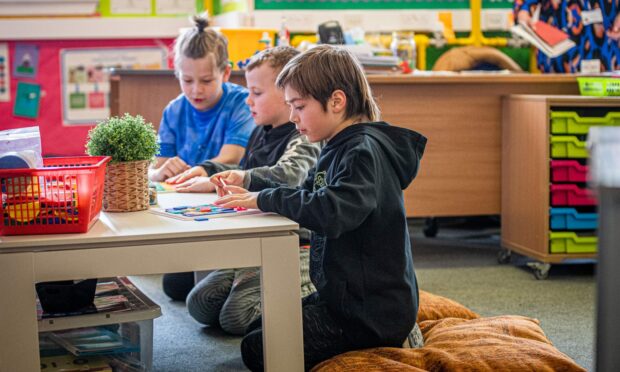
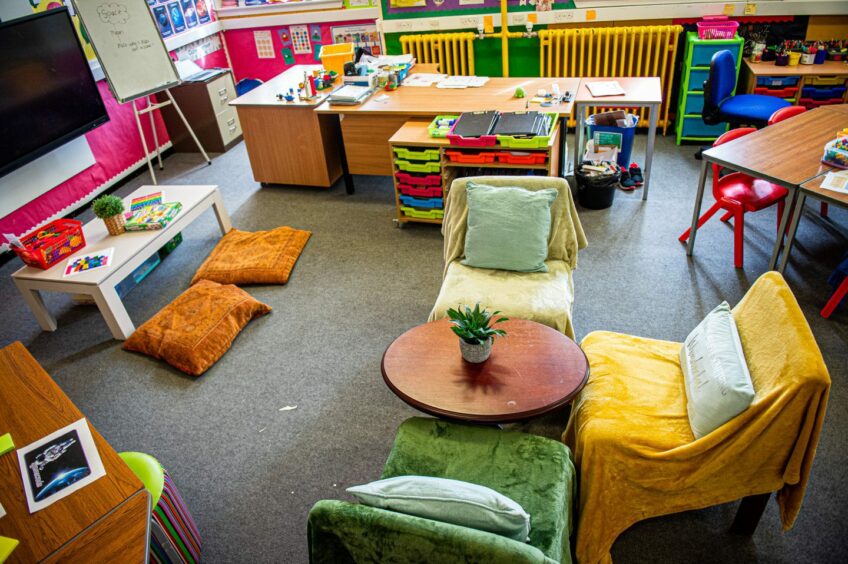
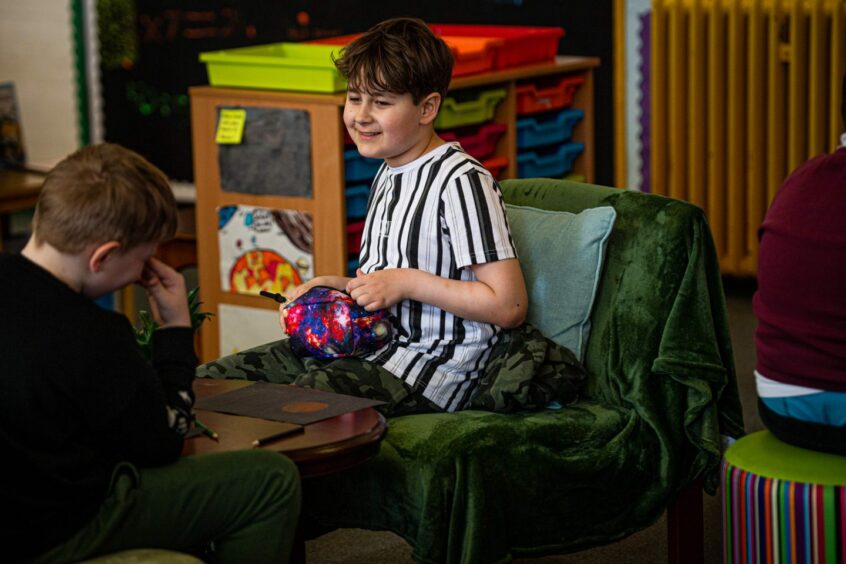

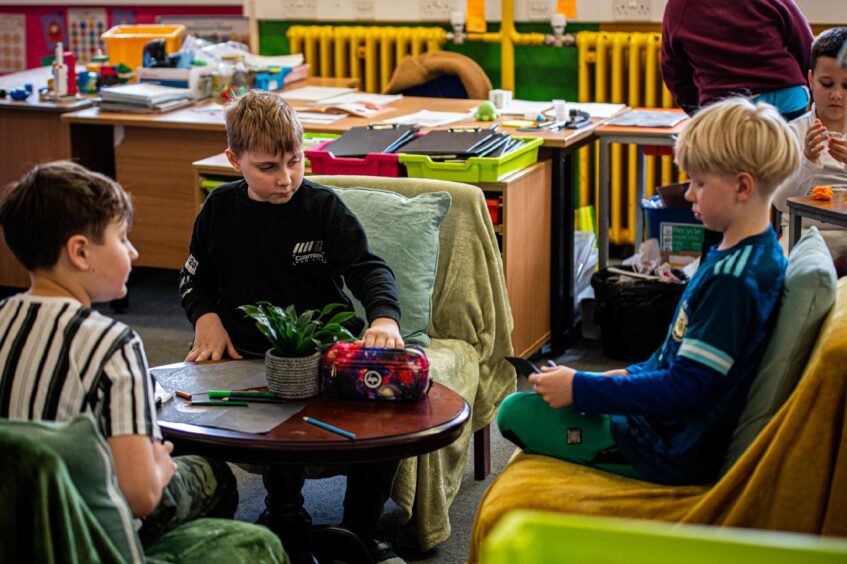
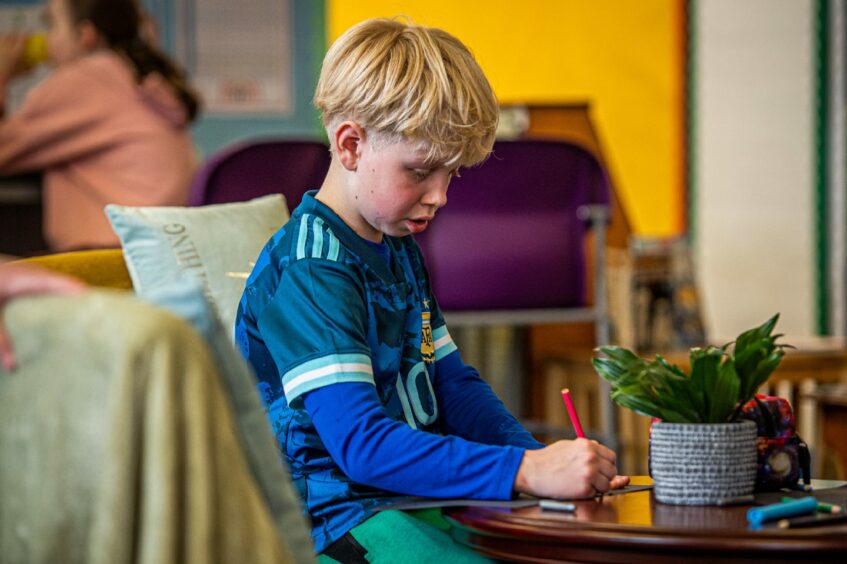
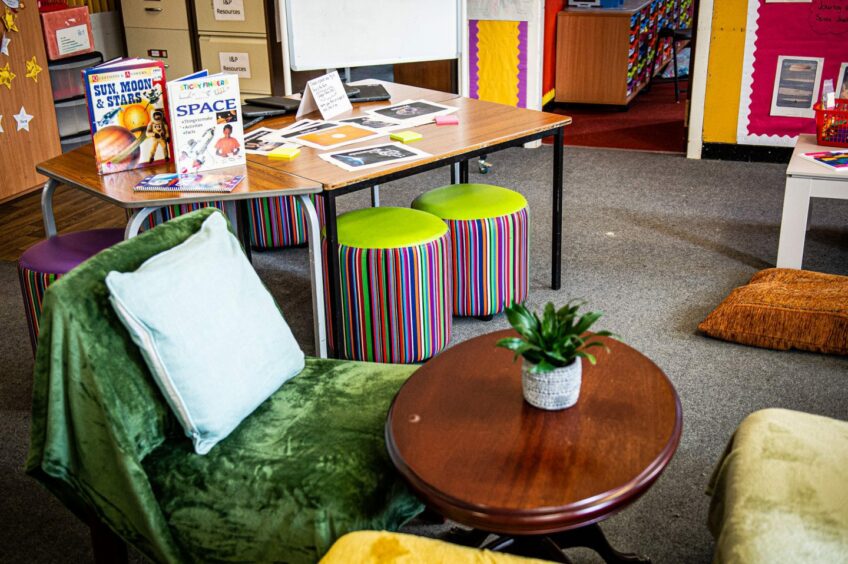
Conversation